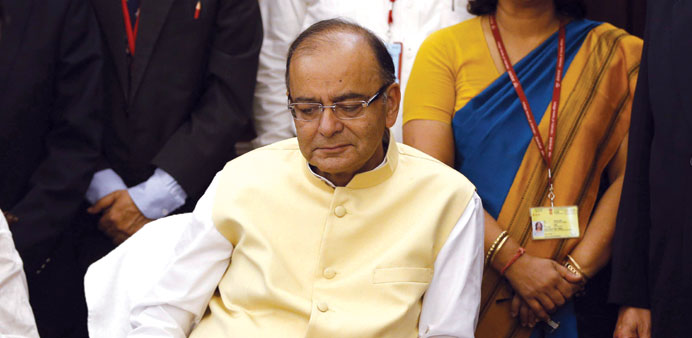Agencies/New Delhi
The government yesterday released its first socio-economic and caste census since independence in 1947 which reveals the dismal standards of living and widespread poverty in rural areas.
For nearly 75% of the 17.9mn households in rural India, the monthly income of a highest-earning member is less than Rs5,000, even as 40% are landless, toiling as manual casual labourers, as per latest official data.
This is the finding of the Socio Economic and Caste Census 2011 for Rural India released yesterday that also shows that nearly 25% of the rural households still do not own a phone despite India boasting a telecom subscriber base of around a billion.
The survey, for the first time since 1931, gives a glimpse into the lifestyles in rural India in terms of how many households own a phone, a refrigerator, automobiles or land, what percentage of such population pays direct taxes, the kind of jobs they pursue and their literacy rates.
As per the census, among the fortunate families that actually own land, the dependence on rains for their crops is rather high, with 25% having no access to irrigation, as per the Census released by Finance Minister Arun Jaitley.
Only 8.29% of the rural households reported a member who was drawing more than Rs10,000 per month, while for 17.18% the monthly earning was between Rs5,000 and Rs10,000 per month. And 180,657 people are still involved in manual scavenging despite this being illegal.
The latest census covered all the 640 districts in the country in a paperless manner, using some 640,000 electronic handheld devices. The government yesterday released only the provisional data of the socio-economic census for rural India.
The census seeks to provide useful data on households on various aspects of their socio-economic status -- housing, land-holding, education, women, the differently able, occupation, possession of assets, and members of Scheduled Caste and Scheduled Tribes.
In a bid to target government schemes better and ensure they benefit the intended beneficiaries alone, it also provides for automatic exclusion of families on the basis of 14 parameters as also automatic inclusion on the basis of five criteria.
“The progress which households in India have made, who are the ones who have qualitatively moved up in terms of quality of life -- a document of these will be an important input for all policy makers, both at the centre and in the states,” Jaitley said while releasing the census.
“I am sure that with the enormity of the schemes and their reaches that all governments have, this document will form the basis of helping us to target groups to support in terms of policy planning,” he added.



